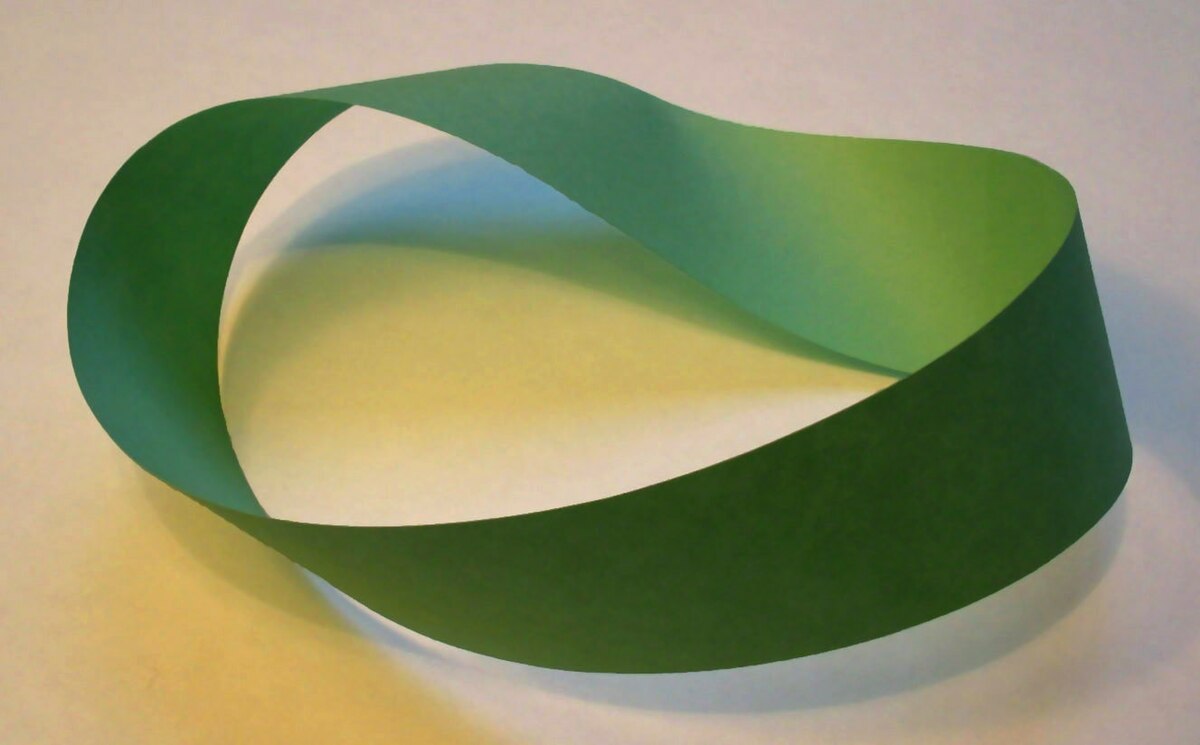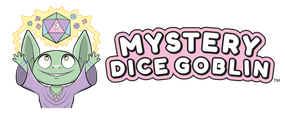The Möbius strip is a fascinating mathematical object that challenges our intuitions about geometry and topology. Known for its single surface and intriguing properties, the Möbius strip has inspired countless creative applications and puzzles. In this blog, we'll explore a unique twist on the traditional Möbius strip: the one-sided Möbius strip die. This intriguing variation has captured the attention of mathematicians, artists, and puzzle enthusiasts alike.
The Classic Möbius Strip
Before we dive into the one-sided Möbius strip die, let's briefly review the classic Möbius strip. A Möbius strip is a two-dimensional surface with only one side and one boundary. It's created by taking a strip of paper, giving it a half twist, and then connecting the ends. The result is a loop with a single continuous surface that continuously transitions from the "outside" to the "inside."
The Möbius strip's most famous property is the creation of an endless loop. If you were to take a pair of scissors and cut along the center of the strip, you'd be surprised to find that you end up with a longer loop, with two full twists, instead of two separate loops. This paradoxical feature is a source of endless wonder.
The One-Sided Möbius Strip dnd dice
Now, let's delve into the one-sided Möbius strip die, a twist on the traditional Möbius strip. Unlike a standard six-sided die, which has six faces, each with a unique number, the one-sided Möbius strip die has just one surface that continually flows and transitions from one "face" to the next without any edges or boundaries.
The construction of this intriguing object can be quite challenging. A common approach involves cutting a Möbius strip into a series of interconnected loops, one for each number on the die. The loops connect smoothly, giving the illusion of a single surface with distinct sections for each number.
Using a One-Sided Möbius Strip Die
The one-sided Möbius strip die has captivated puzzle enthusiasts and game designers alike. The absence of traditional faces and edges presents a unique challenge. When rolling the die, it's impossible to predict which number will "land" on top, as there is no clear distinction between faces.
Game designers have incorporated this die into board games and role-playing games to add an element of randomness and surprise. Players must adapt to the uncertainty of the one-sided Möbius strip die, making gameplay more unpredictable and exciting.
Mathematical Insights
From a mathematical perspective, the one-sided Möbius strip die is a brilliant representation of topology and geometric concepts. It showcases the beauty of non-orientable surfaces, where a single, continuous surface can represent multiple distinct entities.
Furthermore, the one-sided Möbius strip die demonstrates the versatility of the Möbius strip, which can be adapted and transformed in countless creative ways to challenge our preconceptions about geometry.

Conclusion
The one-sided Möbius strip die is a captivating variation of the classic Möbius strip, merging art, mathematics, and games into one enigmatic object. Its unique properties challenge our understanding of geometry and provide a source of endless fascination for those who explore its possibilities. Whether you're a puzzle enthusiast, a mathematician, or simply curious about the world of unusual objects, the one-sided Möbius strip die is a mesmerizing creation that continues to inspire and puzzle.









